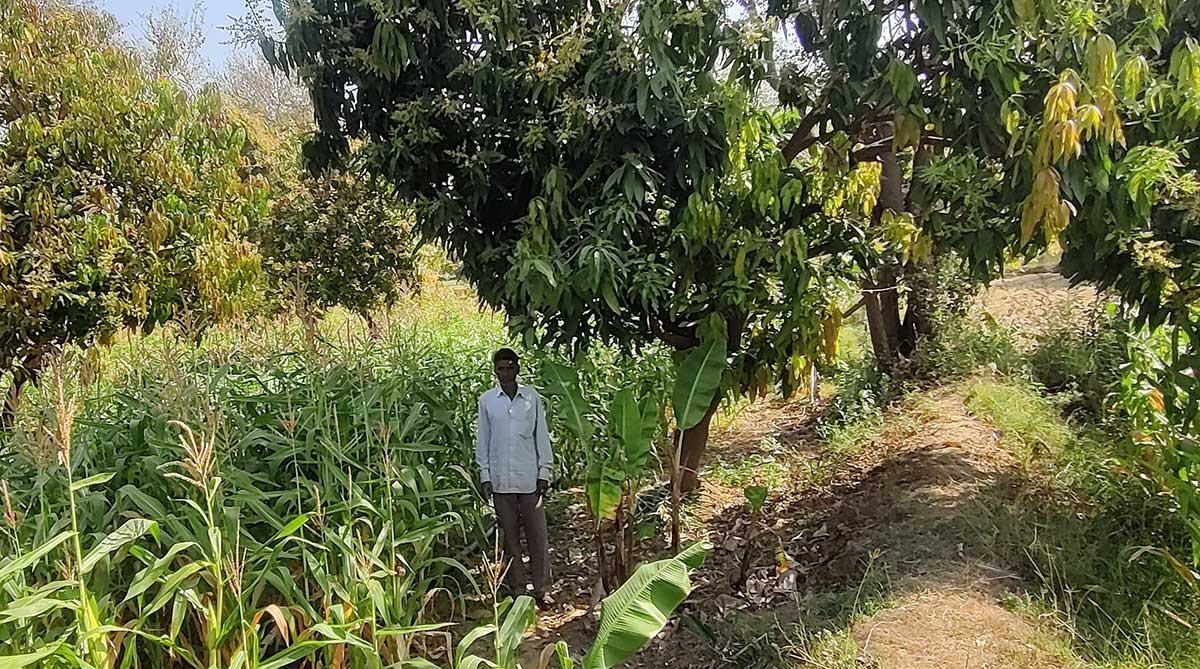Various indigenous (Adivasi) communities constitute about 8.6 per cent of the population of India. Nearly 700 such communities with a total population of over 110 million are spread all over the country with their more dense habitation on about 15% of the land area.
These indigenous Adivasi communities have been known for long for their more self-reliant life patterns integrated closely with forests and their protection. However they suffered heavily during colonial rule in terms of introduction of new exploitative practices, assault on their life and livelihood patterns and the resource base which sustained it. Subsequently there were several revolts against colonial rule and its collaborators. Apart from some of the better-known struggles such as those led by the valiant BirsaMunda, there were several less known but also no less important struggles such as those led by Govind Guru among the Bhils and related tribal communities in Central India. The extent of repression by colonial forces and their close collaborators here was also very extreme, perhaps even more than some of the widely known events of extreme repression such as the Jalianwala Bagh massacre.
In the post-independence period it was a well-recognised aspect of government policy that Adivasi communities constitute a particularly vulnerable group and special efforts for ensuring a fair deal to them should be made. This led to several development initiatives aimed particularly at benefiting these communities, while of course there are other schemes and programs open to all sections which benefit these communities as well.
There are reservations for scheduled tribes in jobs as well as in other aspects. Above all, there is recognition of their more autonomous path of development in keeping with their traditions and life-patterns, and a special law PESA (Panchayati Raj Extension to Scheduled Areas) has been enacted in recognition of this, also protecting the rights of tribal communities over resource bases in several ways.
However at the implementation level, the admirable aims of protecting Adivasi communities and their rights and interests could not be achieved to any desirable extent. In several areas these indigenous communities have been displaced on a very large scale or their life has been significantly disrupted by ecologically destructive projects. It is clear by now that several such distortions and mistakes need to be corrected.
This is all the more important in view of several fast emerging new factors that are re-emphasising the importance of strengthening these tribal communities and preserving and promoting sustainable livelihoods of such communities by integrating this task more closely with protection of environment. In this emergent thinking based on relatively new understanding, the progress of tribal communities is seen not in terms of individual beneficiaries, but in terms of a more holistic strengthening of tribal communities and their sustainable livelihoods in ways that are at the same time very helpful in reducing very serious environmental problems.
In recent years there has been increasing evidence-based recognition that a number of environmental problems led by but not confined to climate change are becoming serious enough to emerge as a survival crisis. In fact in the context of several vulnerable communities this survival crisis can already be seen. Along with climate change, related local problems of deforestation, changing land-use and resource use patterns including emergence of highly destructive ones, increasing water scarcity and threatened water sources are seen as parts of this survival crisis.
As a part of the sincere efforts for mobilising an adequate, credible, hope-giving and sustainable response to this emerging crisis, among more enlightened sections there is a refreshing trend to question the dominant development paradigm which has resulted in this deeply worrying crisis. This enlightened viewpoint argues that there is increasing need to give more importance to the alternative patterns of thinking and living (on that basis) which can give much greater hope for protection of environment. In this context the commitment and capability of several tribal communities to have a life-pattern integrated closely with forests and protection of forests has attracted much attention. On a deeper inquiry, several of these communities are found to be making much more careful and sustainable use of resources to meet their needs in ways which minimise waste and are more self-reliant in terms of satisfying needs on the basis of well-informed utilisation of local resources, including sustainable , protection-based, careful use of forests and other bio-diversity.
Hence it is increasingly realised that these communities, their life-pattern, world-view and thinking can contribute a lot to protection of environment. Despite there being increasing evidence of this, the bigger conservation projects even in the areas inhabited by such communities are often based on the displacement of these communities or on disrupting their life-pattern based on close integration with forests.This comes on top of other kinds of displacements and disruptions caused by various ‘development’, mining and other projects supported by powerful interests.
There is thus a clear need to bring suitable changes in the existing policy framework togive the highest importance to strengthening tribal communities and their sustainable livelihoods and integrating this task with a wider vision of protecting environment. This would be a great way forward for taking forward the welfare of tribal communities and at the same time achieving significant success in environment protection on a firm base with community involvement, the kind of success that would be welcomed and admired all over the world.
(The author is Honorary Convener, Campaign to Save Earth Now. His recent books include Protecting Earth for Children, Planet in Peril and A Day in 2071)

